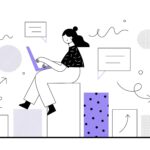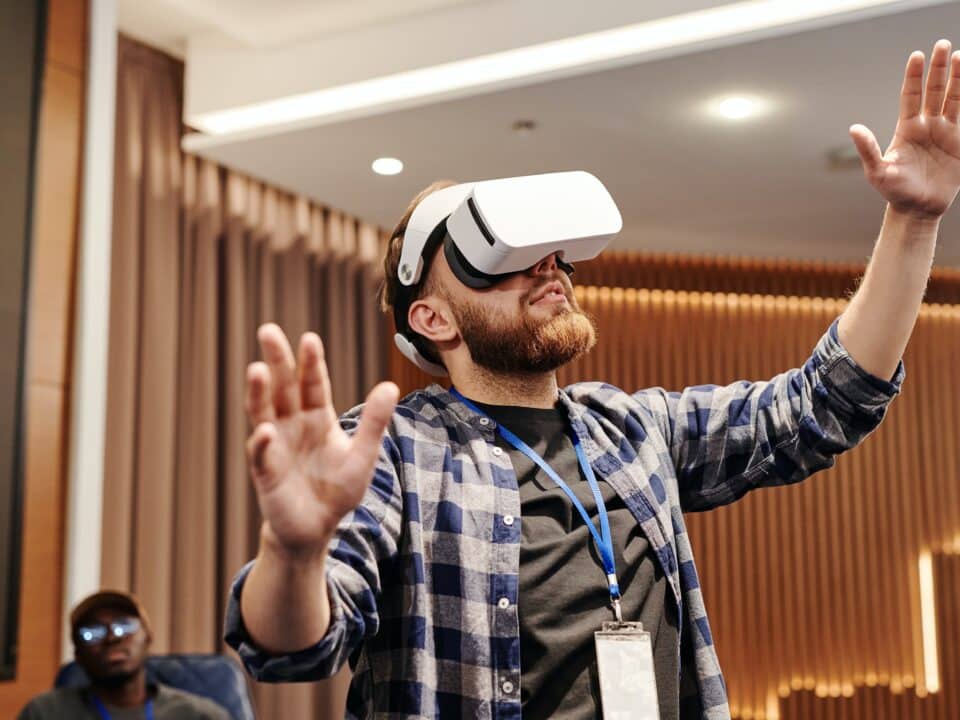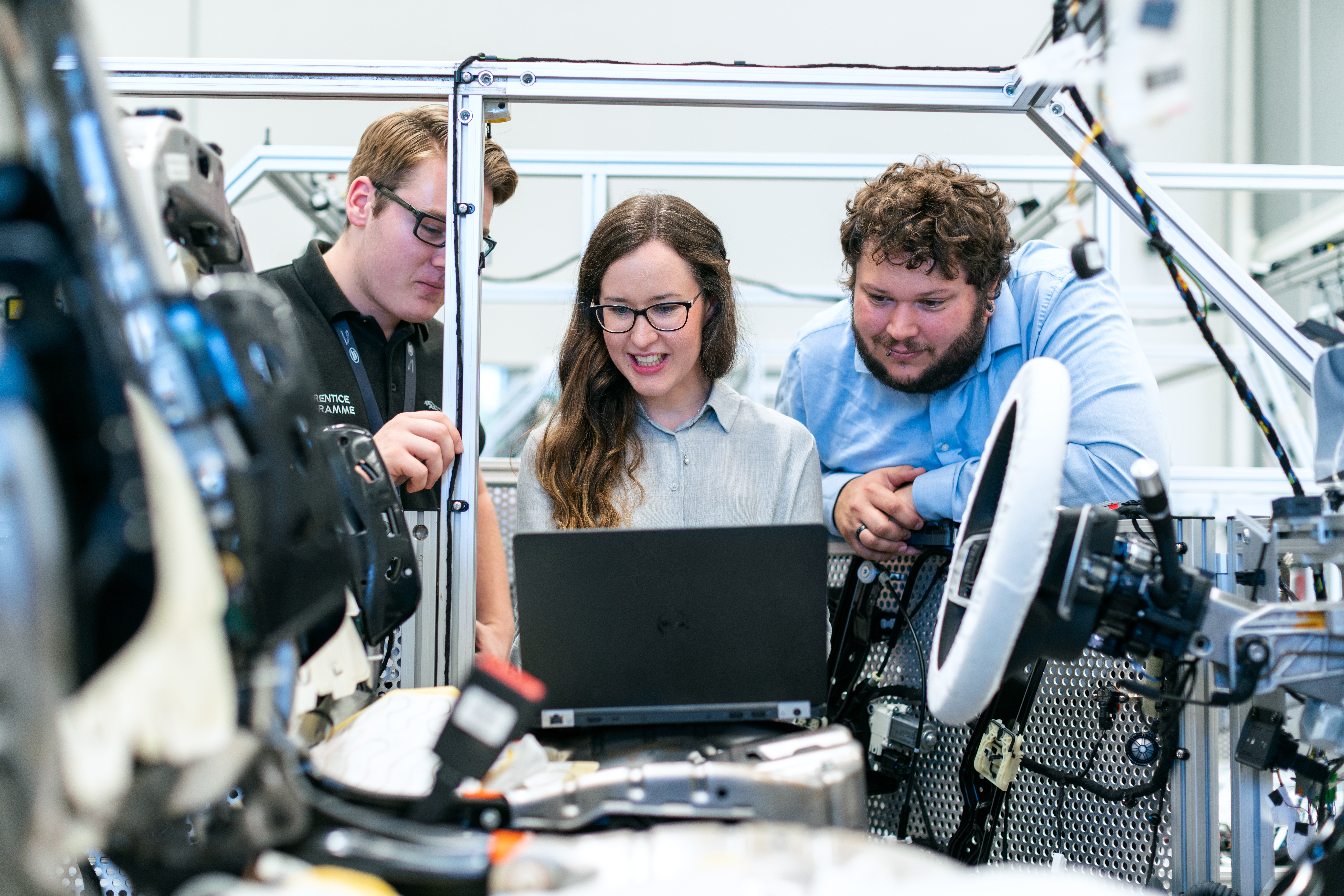
What do users think about brands who co-create?
September 8, 2022
Lightster partners with 500 Global to help startups get continuous feedback from their users
December 23, 2022What questions to ask in a customer interview
It goes without saying that if you’re building a product, a feature, or just thinking about it, understanding your user’s needs and pain-points is a critical part of the equation. Whether you’re talking to existing users directly or recruiting qualified users externally, it’s important to structure your customer interview questions in a way that allows you get to their true needs. You should do these customer interviews as early as you can to avoid building products or features that just won't be used.
In this post, we talk about you can structure customer discovery interviews in a way that helps extract the most actionable insights while avoiding being stuck in the planning phase. This approach was developed based on learnings from over 1,000 user interviews completed on Lightster.
Read this post if you are thinking about starting up a new business, launching a new product, or entering a new market or customer segment with your existing product.
Start with these 3 steps
- Define your learning objectives
- Create an agenda
- Develop a script of questions with follow-up questions
Define your learning objectives
When thinking about the structure of interviews, start with what you want to get out of it. Staying focused on the objective means you can spend more time on them in the interview and get deeper insights that can be referred back to for a period of time. Here are the top five objectives our customers have talked about.
- Identifying an ideal customer profile by speaking to multiple potential personas to validate whether they have pain-points that your product solves
- Discovering what problems, pain-points, and associated opportunities your current ideal customer profile has in order to help ideate product or feature ideas
- Mapping out your ideal customer profile's current journey including the steps they take, the tools they use, the people they interact it
- Understanding how your ideal customer profile perceives value from products that they are currently using, so that you can identify differentiation opportunities
- Uncovering other customer segments or personas that share the same problems as your current customers in order to expand your obtainable market
If you work in a team, we also recommend that you solicit input from your team members or stakeholders on whether they agree with the objectives that you have set in order to establish alignment and also ensure they can contribute to the content creation as well.
Create an agenda
This is what a 60-minute interview might look like
- Introductions (5 minutes)
- Start with an introduction of yourself and briefly outline your learning objectives
- Ask the user to introduce themselves as well so that they warm up to the conversation
- Let the user know that they are not being tested and that they can freely express their opinions without judgement
- Problem Identification (15 minutes)
- Frame the problem space that you are solving, and ask the user to outline the problems and pain-points they face
- In the last few minutes, ask them to rank the problems by most severe to least severe
- If the problem you had anticipated did not come up, feel free to probe what the user thinks of it
- Current State (15 minutes)
- Ask the user to outline how they are currently solving the key problems they have, outlining the key steps they take
- Look for process, name of tools, and people that they interact with along the way
- Ask they why they did certain steps in a certain way, decided to use certain tools, and why specific people were involved
- Future State (15 minutes)
- Ask questions about how the user wishes to solve the problem in an ideal world
- Be sure to identify how they would describe or define the problem as solved
- Specifically, ask how much would they pay to solve the problem, which could guide your pricing strategy
- Closing (10 minutes)
- In this last segment, leave room to summarize the key points back to the user
- End by asking the user in an open-ended fashion whether there was anything missed
- Thank the user for their time and ask if they wish to be invited to subsequent discussions if applicable
Develop a script
Here are a few tips when developing your script:
Frame questions in the past tense, so that you get the full truth when discussing problems and current state
Avoid asking "yes" or "no" questions as they provide little insight, but frame the question in an open-ended way
Don’t label things as good or bad, right or wrong
Let the user do all the talking and avoid interrupting or putting words in their mouth
Don’t do too much in one session - focus on getting deep insights
Do this as often as you can
While the user is talking, look into their eyes and don’t be distracted - the user can tell
That's it! If you would like some ideas on what questions should be asked, we have compiled a list of questions most frequently asked by our customers. Download it here.


